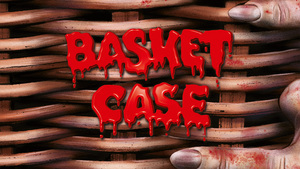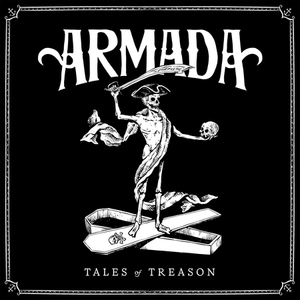
Gothic Fantastico: Four Italian Tales of Terror
directed by Massimo Pupillo, Alberto De Martino, Mino Guerrini, Damiano Damiani
starring Franco Nero, Erika Blanc, Gordon Mitchell
Arrow Video

After years of cold-war tinged monster movies, Hammer Films hit creative and box office pay dirt on both sides of the Atlantic with a pair of old school gothic horrors — The Curse of Frankenstein and Horror of Dracula — that would mark a sea change in the genre that would endure for a decade. Roger Corman in the US and Mario Bava would double down on what Hammer started with House of Usher and Black Sunday, respectively. Throughout the 1960s, gothic inspired films would appear in the United States, Asia, and especially throughout Europe, where real castles and manor houses made for instant atmosphere, but nowhere was gothic fascination in this period so strong as in Italy, where countless gothic horrors were cranked out in just a few years. Arrow Video has unearthed a quartet of lesser known monochrome Italian gothic thrillers in their new Gothic Fantastico set. Lady Morgan’s Vengeance, The Blancheville Monster, The Third Eye, and The Witch are given amazing presentations with the film school, in a box treatment seeing each film accompanied by commentaries, multiple video think pieces, and archival support material.
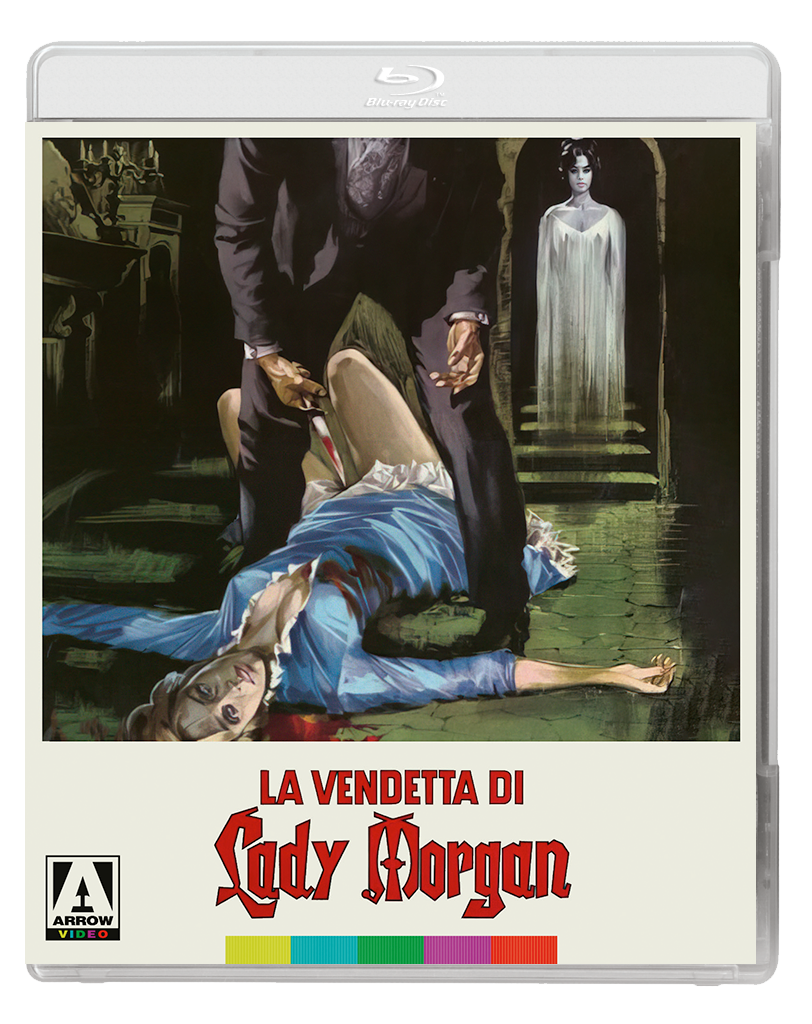
Lady Morgan’s Vengeance, despite its period trappings, starts off with a plot pulled straight from a giallo film of the same period. When Lady Susan’s fiancé is murdered, she and her inheritance are instead married off to Sir Harold Morgan (Paul Muller). Straightaway, Sir Harold and his servants, Roger (Gordon Mitchell) and Lillian (Erika Blanc), set about gaslighting Susan, trying to drive her to suicide. When that takes too long to accomplish, the treacherous trio murders her and steals her fortune. Once the giallo plot ends, Susan’s ghost appears and begins tormenting her murderers, turning them against one another. This second act is when the gothic atmosphere really gets to shine, as the evildoers get their comeuppance and Lady Morgan is allowed to rest in peace.

The Blancheville Monster is probably the best known and most seen of this gothic quartet, but that is a dubious honor, as a nearly unwatchable version of the film got gobbled up by the public domain DVD ghouls in various multipack releases, like Chilling Classics’ 50 Movie Pack, Monster Mash Movie Pack, and Edgar Allan Poe’s Horror Pack. The film deserved a better fate and now has a release that allows the film to be properly seen. Originally released as Horror, The Blancheville Monster is very loosely based on the works of Edgar Allan Poe, but it is cribbing as much from Roger Corman’s Poe movies as original source material. Poe has always proved curiously difficult to adapt. In Blancheville, the influence is there in spots, but it never fully feels like Poe. It does, however, work on its own merits as a fun gothic chiller with loads of atmosphere and plenty of “was it a dream or reality?” sequences with flowing white nightgowns, crumbling crypts, and mysterious rooms in the forbidden areas of the castle. Director Alberto de Martino knew exactly what the audience wanted, even if he himself didn’t hold the project in very high regard.
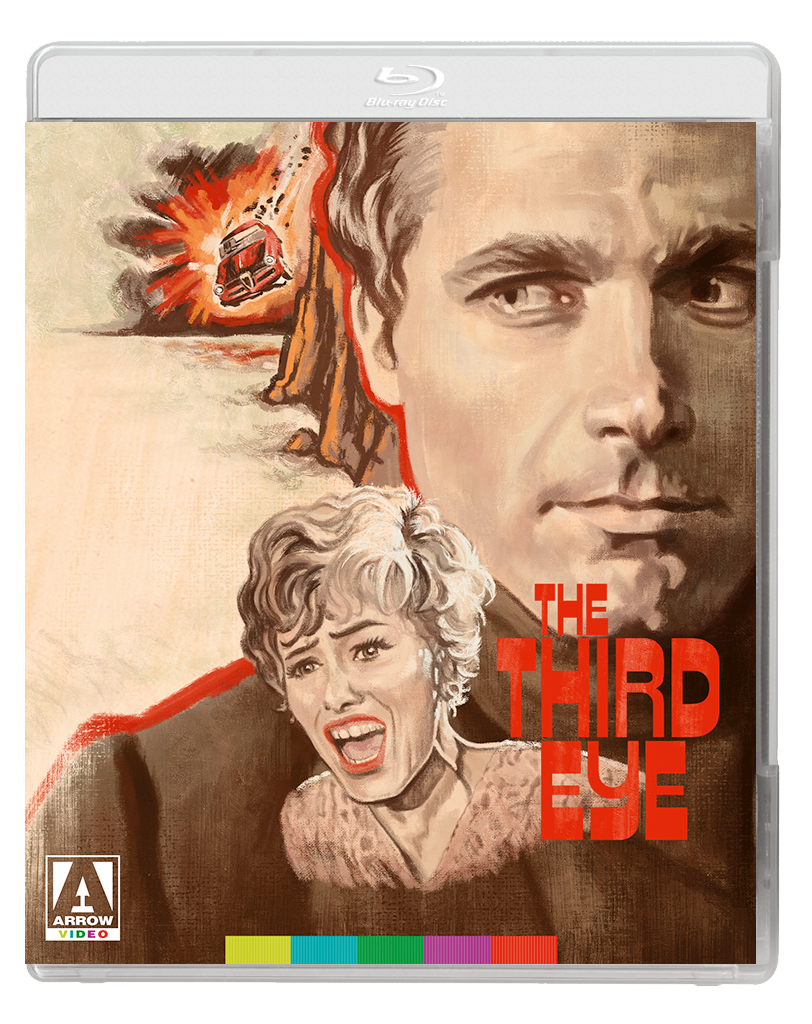
The Third Eye is a contemporary set gothic that replaces horses with Fiats but still delivers the goods with a tale of decay, madness, and necrophilia. Count Mino (Franco Nero, Django) is set to marry his fiancée Laura (Erika Blanc, The Devil’s Nightmare) when she dies in a tragic car accident. Her death not only destroys Mino’s escape from his domineering mother but also severs his thin grasp on sanity. He brings Laura’s body home and decides to put his taxidermy skills to the test and preserves and stuffs her corpse. Mino enters the dating scene again, but the women he finds in jazz clubs strangely aren’t down with having sex in a bed beside the corpse of Mino’s dead fiancée. One night Mino encounters Daniela (Erika Blanc in a dual role), whom he believes is Laura — a situation that becomes increasingly dangerous as Mino’s madness becomes uncontrolled. Despite obvious nods to Alfred Hitchcock’s Psycho and Michael Powell’s Peeping Tom (both 1960), The Third Eye owes as much to William Castle and his string of late ’50s-early ’60s shockers, like House on Haunted Hill, Mr. Sardonicus, and Straight Jacket. Although Castle’s movies were sometimes overshadowed by his gimmicks and promotional stunts, they were also solid horror fare with plenty of gothic elements and macabre plots that were never afraid to lurch into excess. This fearlessness gave Castle’s films exciting energy, and The Third Eye certainly packs a wallop. You are never able to get comfortable, because you never know just how far Mino or the film is willing to go.
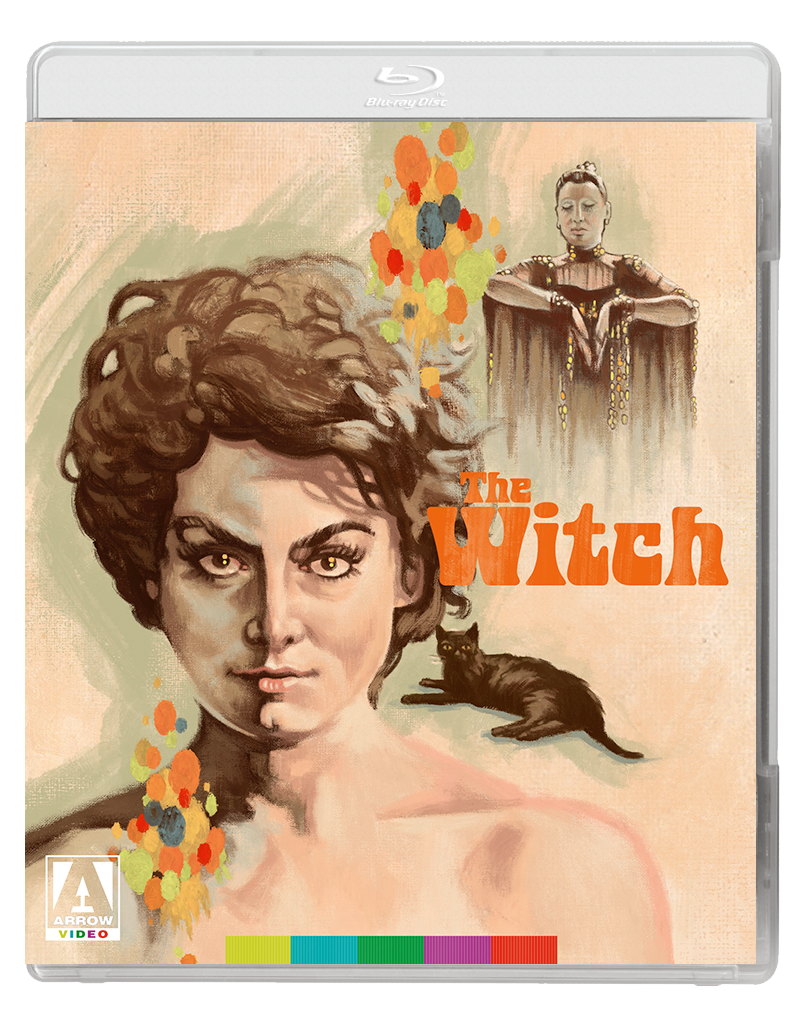
The Witch (Italian title La Strega in Amore) is the least conventionally gothic film of the lot and easily the most beguiling. Blending elements of goth, witchcraft, and film noir, The Witch is a story of lust, addiction, and suffering fueled by the unquenchable desire for youth. Based on Carlos Fuentes’ novella Aura, The Witch opens with womanizing cad Sergio (Richard Johnson, Zombi 2) answering a help-wanted ad at the grand but decaying palazzo of wealthy recluse Consuelo (Sarah Ferrati), who offers him a job as a live-in librarian and conservator of her late husband’s library and writings. Sergio assumes the real job is as a live-in lover for the strange old woman and steadfastly refuses her offer… until he meets her beautiful daughter, Aura (Rosanna Schiaffino, The Killer Reserved Nine Seats). Sergio immediately falls for her, but there is a complication: in order to have the job taking care of the manuscripts and the lovely Aura, Sergio must deal with the previous librarian, Fabrizio (Gian Maria Volonte, For a Few Dollars More), who remains obsessed with Aura and refuses to leave. The two men furiously compete for the affections of Aura, who eggs them on until Sergio kills his rival and finds himself trapped in a nightmare of what he thinks is his own making, but Consuelo and Aura have a secret that threatens to destroy Sergio’s sanity. The claustrophobic film is sold mainly by the oppressive atmosphere and the ensemble acting, especially Johnson, who takes the audience from wanting to see the sexist lout Sergio get his comeuppance to feeling real pathos as his entire being unravels at the hands of the witch.
It would be easy for Arrow Video to simply release these lesser known gems on bare bones Blu-rays and call it good, but instead they treated each of the films like the rare gems they are with interviews, introductions to all the films by Mark Thompson Ashworth, video essays and commentaries from Miranda Corcoran, Lindsay Hallam, Kat Ellinger, Alexandra Heller-Nicholas, Mark Thompson Ashworth, and Rachel Nisbet, plus an 80 page book with essays by Roberto Curti, Rob Talbot, Jerome Reuter, Rod Barnett, and Kimberly Lindbergs. The titles on this set may not be super well-known, but all the elements are here for one of the more intriguing box sets of the year.



